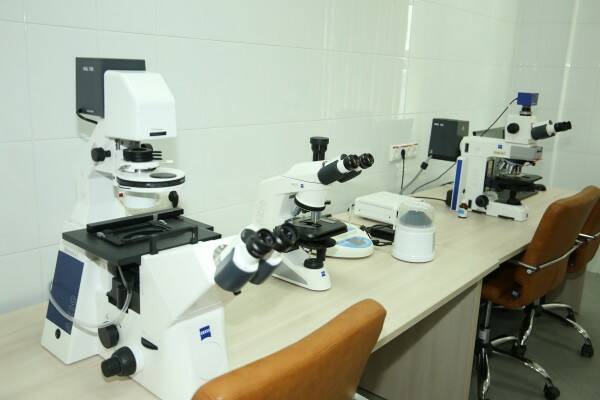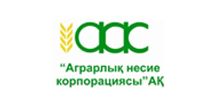News
Kazakhstani biotechnologists have learned to recognize strains of zoonotic and especially dangerous infections (HDI) by their geography - they are local, imported, or it is a bioweapon

To sequencing of strains of collection OOI and zoonotic infections M. Aikimbaeva has been walking for a long time, but the laboratory, where there is equipment for their cluster analysis by geographical location, has appeared only now. To be clear: sequencing is the synthesis or determination of the amino acid or nucleotide sequence of the genome, allowing you to delve into the essence of all life on earth.
According to Altyn Rysbekova, head of the innovation technologies department of the scientific center, cluster analyzes have been carried out in Kazakhstan for several years, but the laboratory in question has become the only one in our country where it is possible to produce diagnostic preparations that can immediately identify strains of OOI of the first hazard group.
This process, she said, has been accelerated by the COVID-19 pandemic. If earlier genomic sequencing was done in fragments, then it appeared after the pandemic at the NNTsOOI them. M. Aikimbaeva, a single sequencer for several laboratories makes it possible to recognize strains of zoonotic (transmitted to humans from animals) and especially dangerous infections by their geography - they are imported or from a focus located on the territory of Kazakhstan.
“Cluster sequencing allows you to do statistical or informational analysis that examines the quantitative, qualitative and geographical characteristics of a strain,” says the scientist. – For comparison, we can take SARS-CoV-2 (COVID-19), which was recently considered a particularly dangerous infection. Now it has been transferred from the second to the third danger group, and now it is just a dangerous infection from the imported category.
Altyn Rysbekova recalled that at the time when the world learned about this infection, not a single country was endemic (geographically located) for this particular type of coronavirus. Later, thanks to sequencing, they began to recognize other variants of SARS-CoV-2 that appear in different countries. Since they did not fit into any of the known clusters, new strains of the same infection began to be given different names - "alpha", "beta", "delta", "gamma" and "omicron".
Now the specialists of the scientific center. M. Aikimbaeva are developing test systems based on polymerase chain reaction (PCR) for the diagnosis of plague, tularemia, cholera, Crimean Congo fever and such a deadly infection as HFRS (hemorrhagic fever with renal syndrome), which is mainly isolated in Turkestan areas, but so far only in animals or in the environment.
“When an outbreak of an infection occurs, thanks to the capabilities of the new laboratory, within two to three days we can determine where it came from – from cross-border territories (Kyrgyzstan or Russia), from our own focus, or whether it is a bioweapon,” says Altyn Rysbekova. – By the way, with regard to COVID-19, many assumed that it was a laboratory strain, but then, nevertheless, scientists from different countries proved by sequencing that it is of natural origin. Clusters for each infection go separately depending on the region, but due to sequencing, we can distinguish museum (collection) animal strains obtained from one focus, for example, in the middle of the last century, from fresh ones.
Particular attention in the new laboratory is given to plague, for which Kazakhstan is the most endemic, that is, the most dangerous territory in the CIS: its natural foci are found on 40% of the country's territory. But Kazakh zoologists and epidemiologists, as Altyn Rysbekova said, conduct epizootic and epidemiological monitoring every year to prevent the spread of this deadly infection.
According to her, there have never been imported cases related to the spread of the plague in Kazakhstan during the years of independence.
“There were only our own, local ones, with whom we had already learned to fight,” she said. - In Kazakhstan, let me remind you, there is its own anti-plague vaccine, which is developed and produced within the walls of the scientific center named after. M. Aikimbaeva.
Photo: kazpravda.kz




